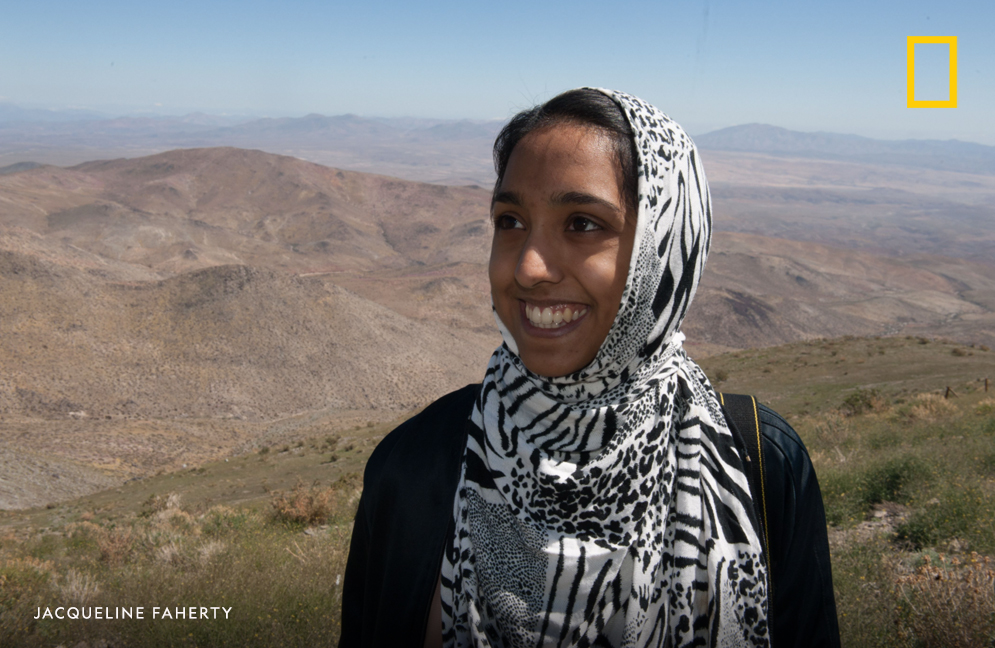
Take a city like Los Angeles: its identity was built on sunshine—in photos, in Hollywood, and even in our imaginations. By midcentury, "sunshine had become one of our central commodities," says L.A.'s chief design officer Christopher Hawthorne. 

Did you know that today, L.A. has more solar power capacity than any other American city?
But too much sunshine can be deadly. L.A. has a moderate climate, but it still experiences extremely dangerous heat—and unlike almost any other U.S. city, it can strike year-round. 

Like other American cities, L.A. has been shaped by a history of discriminatory policies that eventually impacted who gets exposed to the sun—and who gets shade. 



Today’s patterns of wealth, trees, and urban heat are all influenced by a neighborhood grading system imposed on L.A. in 1939—a racist practice known as redlining. nationalgeographic.com/magazine/graph…
The federal Home Owners’ Loan Corporation, a creation of the 1930s New Deal, produced color-coded maps of cities based on the race and class of local residents. "A" grade neighborhoods were usually all or mostly white, and money flowed easily to them. nationalgeographic.com/environment/ar…
"C" or "D" neighborhoods were usually home to people of color. The maps often determined who could get housing loans—reinforcing segregation and steering financial aid toward white Americans. These policies, though revoked in 1968, had huge effects that are still visible today.
To see how redlining still impacts neighborhoods now, just take a drive down Vermont Ave in L.A. and you'll see how trees on the city’s streets change with the income level of each neighborhood.
In areas formerly designated "Grade A," there are far more trees that can provide shade and more green spaces that help keep the area cool during hot weather.
In "Grade B" neighborhoods, there's still plenty of tree canopy, but there's room to plant many more trees. On a hot July 2020 day, temperatures were about 3 degrees Fahrenheit hotter here.
Areas that were given "Grade C" were considered at risk of "infiltration" by non-white communities nearby—which is literally the language used on the official government maps.
In "Grade D" neighborhoods, there are almost no trees and the landscape is dominated by pavement, which heats up much more.
Bureaucrats cited the presence or proximity of “subversive racial elements” as cause to give an area a lower grade, which was indicated with a red line on the map. nationalgeographic.com/science/articl…
One reason why all of this is important? Heat kills more people each year than any other kind of natural disaster in the U.S. nationalgeographic.com/magazine/artic…
On a hot day like July 3, 2020, the average surface temperature of Area A was 11.6 degrees Fahrenheit cooler than Area D. That could be the difference between life and death.
Climate change is making dangerous heat worse, more likely, and more frequent—and people of color are bearing the brunt of the danger. nationalgeographic.com/environment/ar…
Sadly, Los Angeles isn't the only city in the U.S.—or the world for that matter—that needs to confront the fact that its residents don't have equal access to shade. nationalgeographic.com/magazine/artic…
This is a fixable problem. "But only if we face the history, and the modern reality, head on," writes @alejandrabee_. Subscribe to read her cover story in the July 2021 issue of National Geographic. nationalgeographic.com/magazine/artic… 

• • •
Missing some Tweet in this thread? You can try to
force a refresh










